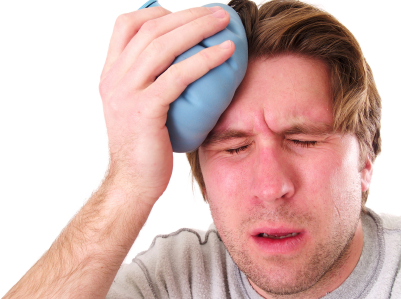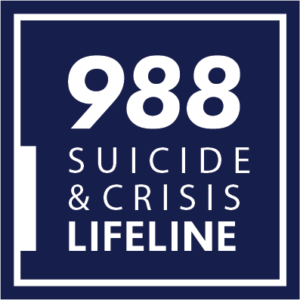Mental Health Strategies for Dealing with COVID-19
As the COVID-19 stay-at-home order marches on into April, so does our sense of isolation and for many, the experience of depression and anxiety. Many of the patients that I have been seeing through tele-mental health have been reporting feelings of loneliness, frustration, restlessness, fear, and difficulty getting motivated or getting along with others in their home. Therefore, I wanted to share with you some of the suggestions that my patients and I have been discussing.
First, if you are able, make an effort to go outside and get fresh air and sunshine. Exercise, walk, ride a bicycle if you can, limit time you spend listening to, reading, and watching updates on your digital devices. Limit alcohol use as it has been reported to decrease your immune system functioning as well as your ability to make appropriate decisions. Alcohol is also considered a depressant and as a result will make you more depressed.
Try other methods of improving your mood and decreasing your anxiety and nervous symptoms. The easiest technique to calm your mind and your soul is taking a big deep breath followed by several normal breaths. There are several websites that give good tips on the techniques of deep breathing or diaphramatic breathing. However, many of these sites instruct readers to take several breaths at a time and in my practice individuals report that when following these guidelines, they become dizzy and often hyperventilate which is very uncomfortable. Therefore, I recommend that you take one deep breath at a time and then breathe normally for 15-20 seconds and then take another deep breath.
After you have practiced deep breathing, try meditation. There are several websites that provide applications for guided meditation including Headspace; Virtual Hope, and Calm that also has guided meditations for children. Include your children in your practice of being calm with apps like Breath, Think, Do with Sesame- for kids. Once you have reached a more calm state, try visualization techniques. Using your “mind’s eye” travel to a favorite calm and happy place by using your virtual “4 senses” of sight, sound, smell and touch. Picture yourself in that calm place and remain there as long as you can. Visit this place to calm, decrease anxiety and even fall asleep. Finally, take it “one day at a time”, and practice these techniques daily. This can help you stay mentally and physically healthy.

